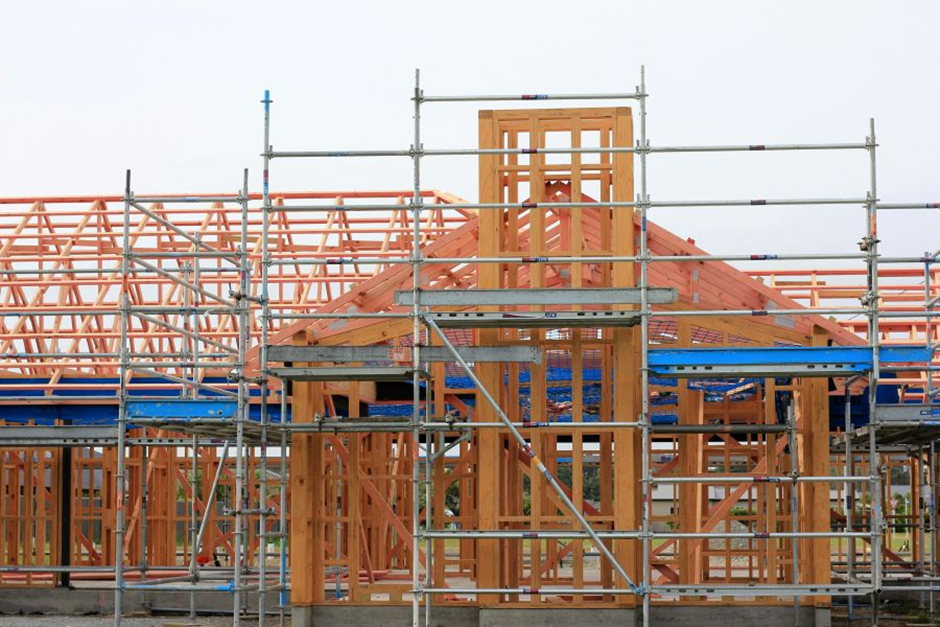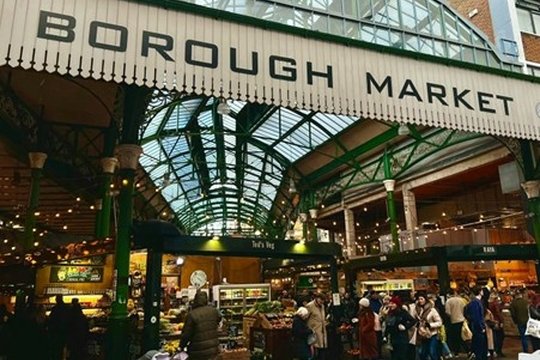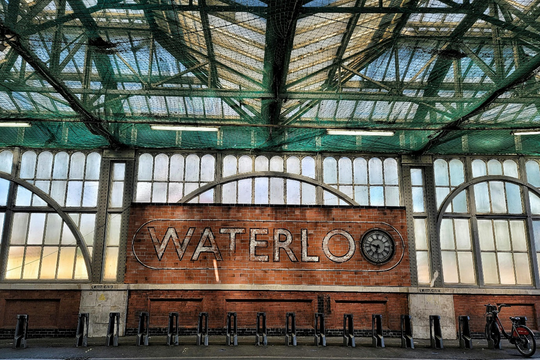London’s property development market continues to shift, offering both opportunities and challenges for buyers. While new housing starts have slowed, demand remains strong, especially for completed homes in well-connected areas. For buyers seeking long-term value, understanding how the market is evolving is key.
Understanding the Current London Development Landscape
Market Overview and Trends
Developers are increasingly focusing on build-complete properties rather than off-plan sales, reflecting buyer demand for quicker access and simpler financing. Pricing across developments varies significantly, with value now closely tied to location, completion status, and build quality.
Emerging Development Areas
West London is proving popular with strong sales in new-build developments here helped by improvements to transport links. New build property in East London continues to attract interest, especially around key regeneration zones. Improved infrastructure is boosting demand across outer boroughs, with transport upgrades connecting more areas to central London.
Infrastructure Impact
Major infrastructure projects are driving development activity. New transport links and cultural hubs are opening up fresh investment areas and raising property values in previously overlooked neighbourhoods.
Market Trends and Buyer Behaviour
Shift to Domestic Buyers
Today’s market is dominated by owner-occupiers rather than overseas investors, although this is still a very active sector that our team specialise in. Domestic buyers now prioritise livability, location, and long-term value over short-term gains.
Demand for Completed Homes
Buyers and property investors are increasingly opting for move-in-ready properties to avoid construction delays and financing complications. Developers are responding with more build-complete launches.
Focus on Sustainability
Energy efficiency is now a major selling point. Buyers are actively seeking features like low-energy systems, EV charging points, and green building certifications. Running costs are often much lower than in older homes, making new builds more attractive.
Financial Options and Investment Strategies
Standard Mortgage Financing
Most buyers use mortgages, often requiring significant deposits for investment properties. Lenders assess rental potential for buy-to-let loans, with minimum income coverage ratios in place.
Alternative Financing
- Development Finance offers short-term funding for investors developing residential property.
- Bridging Finance is useful for time-sensitive purchases or properties needing renovation.
- Equity Release suits homeowners can remortgage to unlock capital for further investments.
Government Schemes
While Help to Buy has ended, Shared Ownership and London Living Rent still support eligible buyers. These schemes offer reduced upfront costs and paths to full ownership over time.
Choosing the Right Developer
Evaluating Developer Reputation
Buyers should assess a developer’s track record, financial strength, and customer satisfaction levels. Top-rated developers consistently deliver high build quality and good aftercare.
Key Considerations
- Track Record: Review delivery timelines and financial records.
- Portfolio Quality: Visit previous projects and speak to residents.
- Financial Stability: Check backing and funding sources.
- Customer Service: Look for independent reviews on post-sale support.
Red Flags to Watch For
Avoid developers with poor reviews, funding issues, or a history of delays. Be wary of prices well below market averages and promises of quick completions without evidence.
Securing a Sound Property Investment
Location Matters
Prioritise areas with strong transport links and access to amenities. Zones with future infrastructure investment or signs of regeneration often offer strong growth potential.
Property Type and Features
Match property type to likely tenant or buyer demographics. Flats near business hubs may suit professionals, while larger homes near schools appeal to families.
Due Diligence
Review all legal documentation carefully. Understand what is included in the purchase, check specifications, and work with experienced solicitors familiar with new build contracts.
Managing Risk
Diversify across locations and property types. Use expert advisers to assess investment potential and plan clear exit strategies based on yield, capital appreciation, or both.
The Purchase Process and Quality Control
New Build Timelines
After reserving a property, buyers usually have a fixed period to exchange contracts. If the property is incomplete, completion will occur once construction finishes, often with short notice.
Snagging Inspections
Professional snagging surveys help identify issues missed by buyers. Typical checks include fixtures, plumbing, electrics, and general finish. Always document defects clearly and follow up with the developer.
Warranties and Guarantees
Most new builds come with a 10-year structural warranty. This typically includes deposit protection, a short-term developer warranty, and longer-term structural cover. However, it excludes wear and tear or damage from external events, so additional insurance is essential.
Long-Term New Home Purchase Considerations
Investing in London property should be viewed as a long-term commitment. Despite market cycles, property values in the capital have historically outperformed inflation. Successful buyers focus on location, rental returns, and maintaining a diversified portfolio.
Contact our new development specialists for more details on our services.




